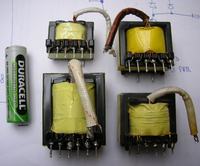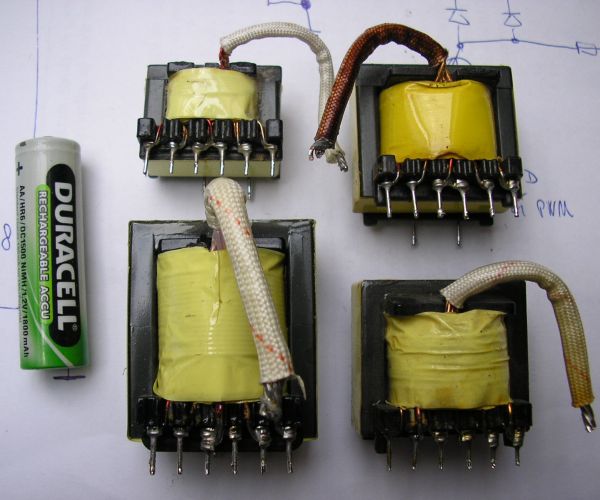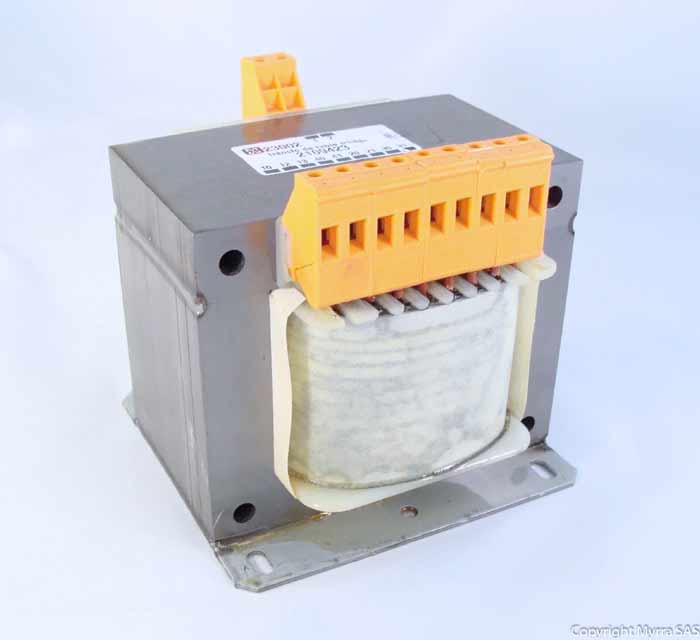kg300
Member level 3

- Joined
- Sep 21, 2007
- Messages
- 67
- Helped
- 62
- Reputation
- 124
- Reaction score
- 67
- Trophy points
- 1,308
- Location
- RY Khan - PAK
- Activity points
- 1,852
Follow along with the video below to see how to install our site as a web app on your home screen.
Note: This feature may not be available in some browsers.



hi all,
what's the purpose of using D16 diode in this circuit?

VR1 is provided for adjusting pwm output dc voltage feeding to the h-bridge fets and VR2 is for adjusting the output voltage for the load,what's the purpose of using VR1 and VR2 in this circuit?












